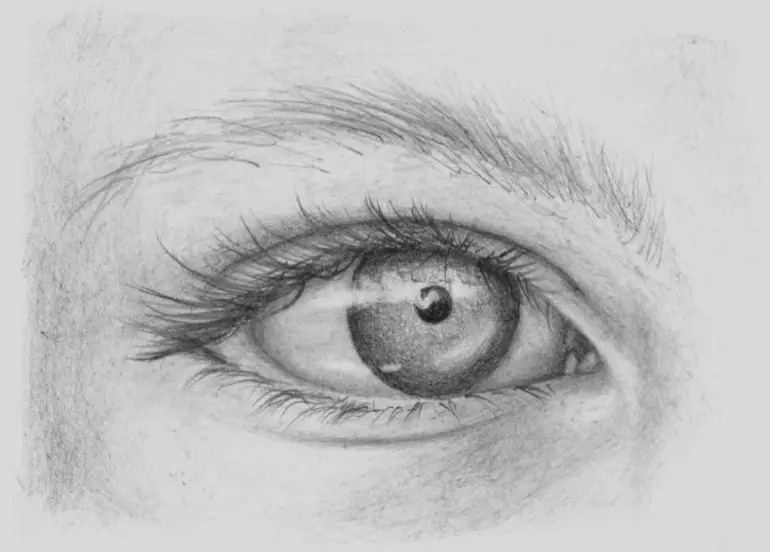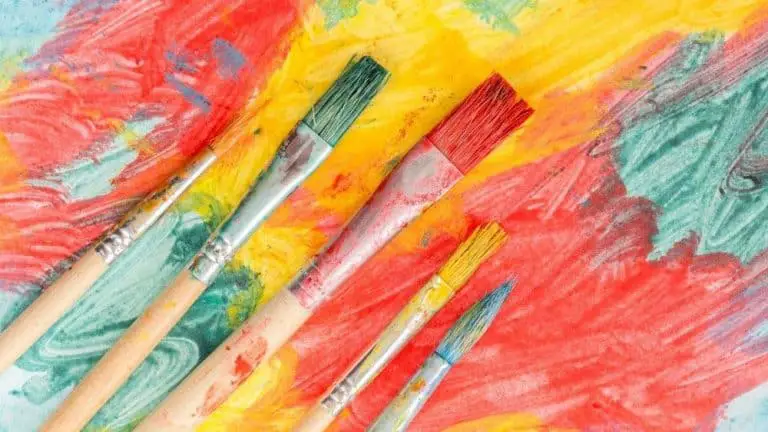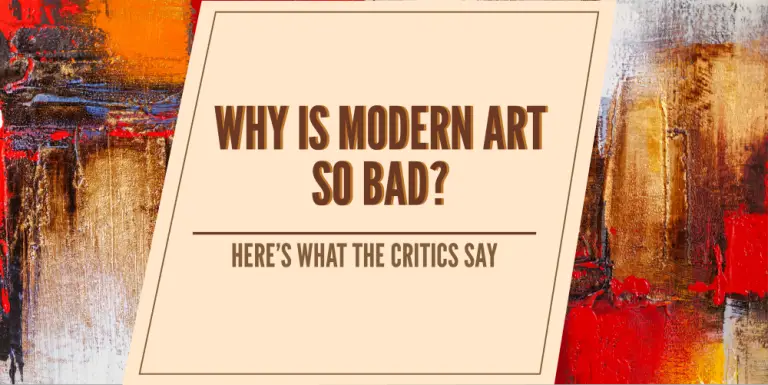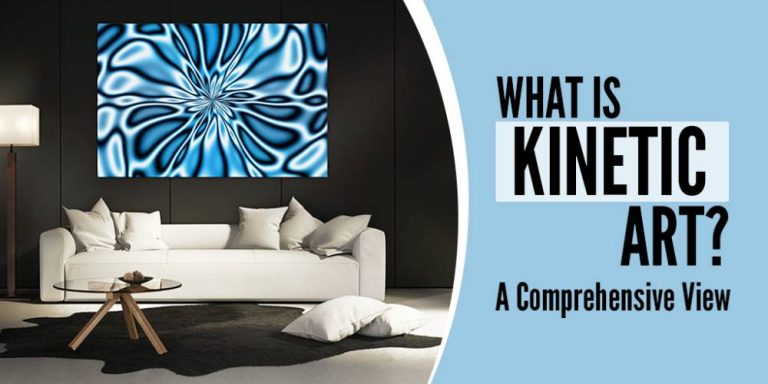Idealized Art (A World of Perfection)
Have you ever seen a piece of art and thought it was perfect? Not just perfect in its execution but literally perfect. Idealized art depicts subjects in a way that depicts an ideal beauty or standard. A Greek sculpture such as Venus de Milo by Praxiteles or Leonardo da Vinci’s Vitruvian Man are examples of idealized art because they depict the human form in an almost God-like way. That is to say that these depictions show a human subject that is not flawed or blemished – like most human beings are.
Idealized art depicts subjects in an aesthetically flawless way so that the audience may envision a world where things and people are perfect. The purpose of idealized art is not to criticize subjects that are not ‘perfect’ but to inspire beauty and the imagination of what could be.
If you have ever wondered why some artwork depicts flaws, curves, lumps, and bumps, but others do not, then it could be because you are looking at works of idealized art versus art that is realistic and seeks to depict subjects as they appear in everyday life. The clue is in the name; idealized art seeks to depict its subjects in an idealized or perfect way.
The intention of this might vary from artist to artist, but portraying subjects through rose-tinted glasses, as it were, is to put beauty into the world, pay tribute to the sublime form, and perhaps envision possibilities of beauty that may not exist in the artist’s or our reality. Let us take a deeper dive into what idealized art actually is, its history, its theoretical counterparts, and its criticisms.

(This article may contain affiliate links and I may earn a commission if you make a purchase)
From Plato to Photoshop: A Brief History of Ideal Beauty in Art
Idealized art harks back to as early as Ancient Greece. Plato was a pioneer and informed much of the discourse or rather the fundamentals of the discourse surrounding Idealism. He believed that the reality around us was merely an abstraction and that ideas were the manifestation of a higher truth and were, therefore, more indicative of the sublime ideal.
Renaissance Art took stock of Plato’s writing, and the work produced in this period was idealized. It tidied up human imperfection and reworked the subject to the point that they depicted the human ideal – reflective of the Renaissance context.
This was due to the belief that this ideal of human beauty was truer to the beauty of ideas, the soul, and the higher truth than the mortal flesh – of which imperfection is innate – was. All art leading up to the 19th century was idealized, before a turn towards Realism, and Naturalism gained momentum.
Idealized art, in a way, can be compared with photoshop and airbrushing of models in magazines or on billboards. Society has come to see this as a harmful perpetuation of one-dimensional beauty stereotypes that shame most of the world for not looking that way and perpetuates the conception of supermodels as otherworldly or, rather, out of this world.

The above image shows and idealized portrait, before and after photo editing. Photoshop and airbrushing techniques have idealized image art greatly in the medium of portrait photography. Social media is another area where idealism runs rampant. People use images to idealize their lives, wealth, and their human body to present an idyllic view of their existence.
Magazines are part of an entertainment industry that is driven by desire, lust, and envy, but nowadays, people are fed up with seeing ‘fake’ people celebrated – characterized by an unattainable beauty standard. However, where idealized art may hold more weight than airbrushed models is in its desire to dream up a world of beauty that puts beauty into our perhaps plainer reality.
Idealism vs. Realism
Idealism can also be conceptualized vis-à-vis its theoretical counterpart, Realism. If Idealism is the mode of conveying subjects in an idealized way – that purposefully omits the subject’s flaws – then Realism is, on the contrary, the purposeful inclusion of the subject’s flaws, blemishes, and essentially what makes the subject imperfect.
Realism, converse to Idealism, does not embellish or beautify the subject to suit an ideal but rather the subject as realistically as possible. If, for example, an artist paints a seascape where there is a lot of plastic and other litter on the beach, then the painter would include this as it is representative of the reality that he or she is painting. This is also known as representational art.
While, an artist painting in an idealized artistic style might choose to exclude the litter and debris in order to depict a beautiful landscape that might remind or show audiences what beaches used to be like before pollution and what they could potentially look like again. This cultivates the power of idealized to imagine an idyllic world once more – a world that we might not currently find ourselves in.
Idealized art is, in a sense, a prescription of how the artists think the world should be. But that is not to say that an artist painting a woman or man who is statuesque and attractive in somewhat of a typical way means they believe all people should look like that.
It could also be a stylistic intention, the method through which they prefer to depict the world – as a thing of beauty rather than imperfection. The artist may wish to channel a God-like essence, like the statues of Ancient Greece, in order to pay tribute to the majesty of the human form.
Is Idealized Art Problematic?
Idealized art could be criticized for its depiction of unflawed subjects, which some might say does not represent the human condition or reality. Also, surely human perfection is subjective as most visual art is, yet a lot of idealized art perpetuates a stereotypical beauty. This tenet could be rebutted by the argument that the artist depicts what the human ideal is to them.
However, this could also give rise to a lack of representation as the art world has been historically criticized for its lack of diversity as the demographic of many classic painters is white, western, and male. The lack of representation can therefore be attributed to the lack of diversity among painters and, by extension, the art they produce.
What that means is, some artists are better represented than others, and this can put forth a generic ideal of human beauty performed by idealized art whereby audiences see the same human ideal depicted more often than not.
Potentially, this could culminate harmful perpetuations of a singular kind of beauty – depending on your interpretation. It is worth noting that the ideal that is being represented is usually the ideal of the artist’s time and context. This is, of course, subject to change over time, so not all idealized art looks the same.
Unpacking Idealism’s Theoretical Underpinnings
To an extent, all art can be idealized art, as F. Wellington Ruckstuhl wrote that “in a large sense, there is no such thing as Realism in art, there is only Idealism, which is the realization of some kind of an Idea, or ideal created by the artist… Every human work, from a wedding cake to a cathedral, is a work of Idealism because it expresses some idea, or conception” (Idealism and Realism in Art PDF).
While this is an intriguing and valid viewpoint, there are some stylistic characteristics of idealized art that can be seen through the ages. As previously mentioned, Ancient Greek statues depict an exaggerated and muscular composure. Some depictions of famous people in history have been notably altered to depict a more handsome countenance.
Idealized art depicting nature is often romanticized as the colors are more saturated or harmoniously composed. For example, an artist might be painting a horizon in the pouring rain, but the end result depicts a stunning sunset. The artist has imposed a standard of beauty (a rainless sunset) onto the reality of a gloomy downpour.
This can perhaps be attributed to the artist’s desire to experience a beautiful sunset or share what that would look like with his or her audience instead of depicting a scene of a somber storm. To sum up, there is some stylistic evidence and subject matter that can indicate the intention of idealization rather than Ruckstuhl’s viewpoint that merely all art is idealized.
Conclusion
Idealized art can promote one kind of beauty and can therefore attribute to a lack of diversity in its subjects. It can also override the very essence of what it is to be human, which is to be flawed. But idealized art is an avenue through which we can dream and imagine the world in an awesome splendor and a majestic beauty.
Art often dreams up new realities – which is arguably its power in transforming societal norms – as a way of encouraging audiences to imagine what could be and hopefully implement positive changes in the world that we live in. But does idealized art achieve this? You decide.
More From Artistry Found
- Pop Art vs. Cubism: What’s The Difference? (w/Examples)
- The Beginner’s Guide To Conceptual Art: What’s The Big Deal?
- What Kind of Art is Popular Today? (Styles & Mediums)
- What Is The Main Subject Of Persian Landscape Art? (Explained)
Sources:








